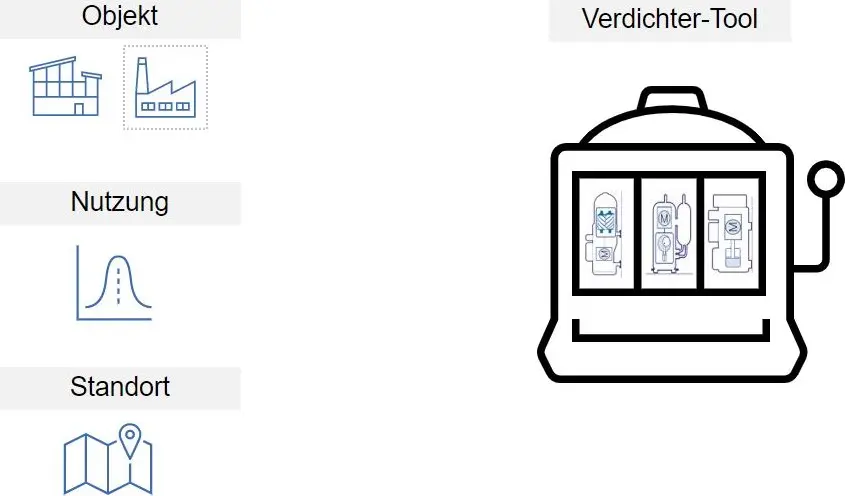New refrigeration compressor tool from ZHAW enables detailed comparison of construction types
In collaboration with the Swiss Federal Office of Energy (SFOE), the Institute of Energy Systems and Fluid Engineering (IEFE) has developed a refrigeration compressor tool, which is now freely accessible on the SFOE website. After entering the information, the tool presents a detailed comparison of compressor types and suitable information.

The refrigeration compressor tool project started about two years ago. The tool for the efficient assessment of a planned refrigeration plant has now been completed. On the basis of few parameters, the compressor tool compares the possible compressor types and provides additional information about them. This is of particular interest because the design of the compressor has a major influence on the energy efficiency of refrigeration machines. The type of use, the refrigerant and the location of the system play an important role. The compressor tool analyses which compressor design will be most efficient for the respective framework conditions. Thus, the tool supports experts who are planning new refrigeration systems, such as refrigeration planners and HVAC planners, in choosing the optimal compressor type. This support is relevant because 15 percent of all electrical energy is used for refrigeration, and the trend is rising. In addition, 80 per cent of the chiller’s costs are incurred during operation.
Refrigeration compressors are the key to energy efficiency and operational reliability.
Project Manager Christian Stahel
Evaluation methodology
The tool requires a few details to determine the available compressor types and to evaluate them from an energy point of view.
The information includes:
- Definition of the application (application, refrigerating capacity, refrigerant)
- Definition of the location
- Definition of the use (process or climate)
Three levels of information
The information on the planned use is then compared to 70 compressor maps. All compressor types are evaluated in terms of energy and sorted by seasonal efficiency. Based on this comparison, the appropriate refrigeration compressor is presented in three languages and on three information levels.
The information levels are structured as follows:
- Graphs and data tables - efficient and reduced
- Seven different fact sheets of the compressor types - simple and compact
- The basic report - detailed and complex
The project team:
At the ZHAW Institute of Energy Systems and Fluid Engineering (IEFE) the tool was developed for the client, the Swiss Federal Office of Energy, by Prof. Dr. Frank Tillenkamp, Lukas Wick and Project Manager Christian Stahel.
The project was also supported by Zweiweg GmbH and five external refrigeration experts.
The refrigeration compressor tool on the website of the Swiss Federal Office of Energy
The paper of the refrigeration compressor tool from the ZHAW
Clip of the refrigeration compressor tool
